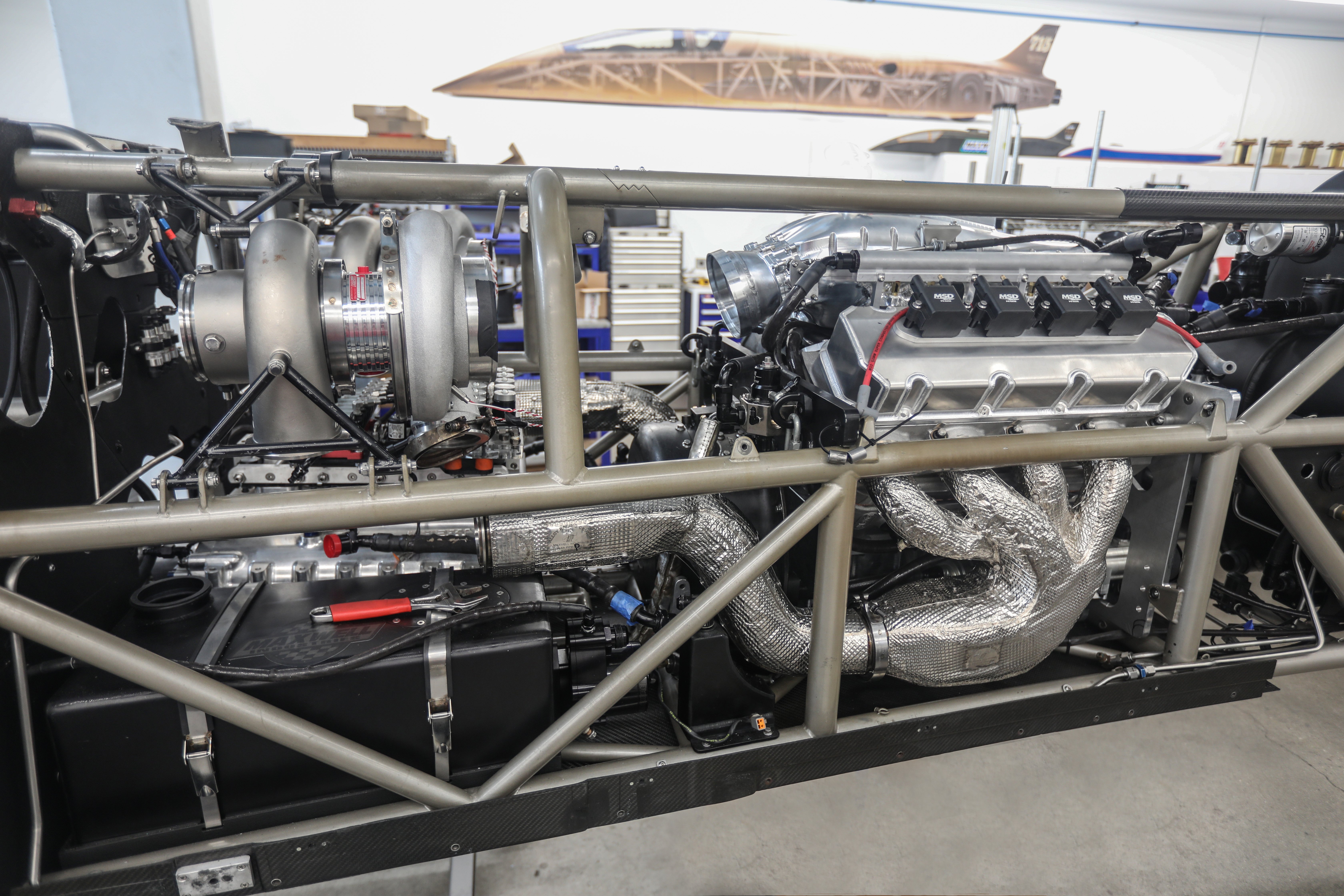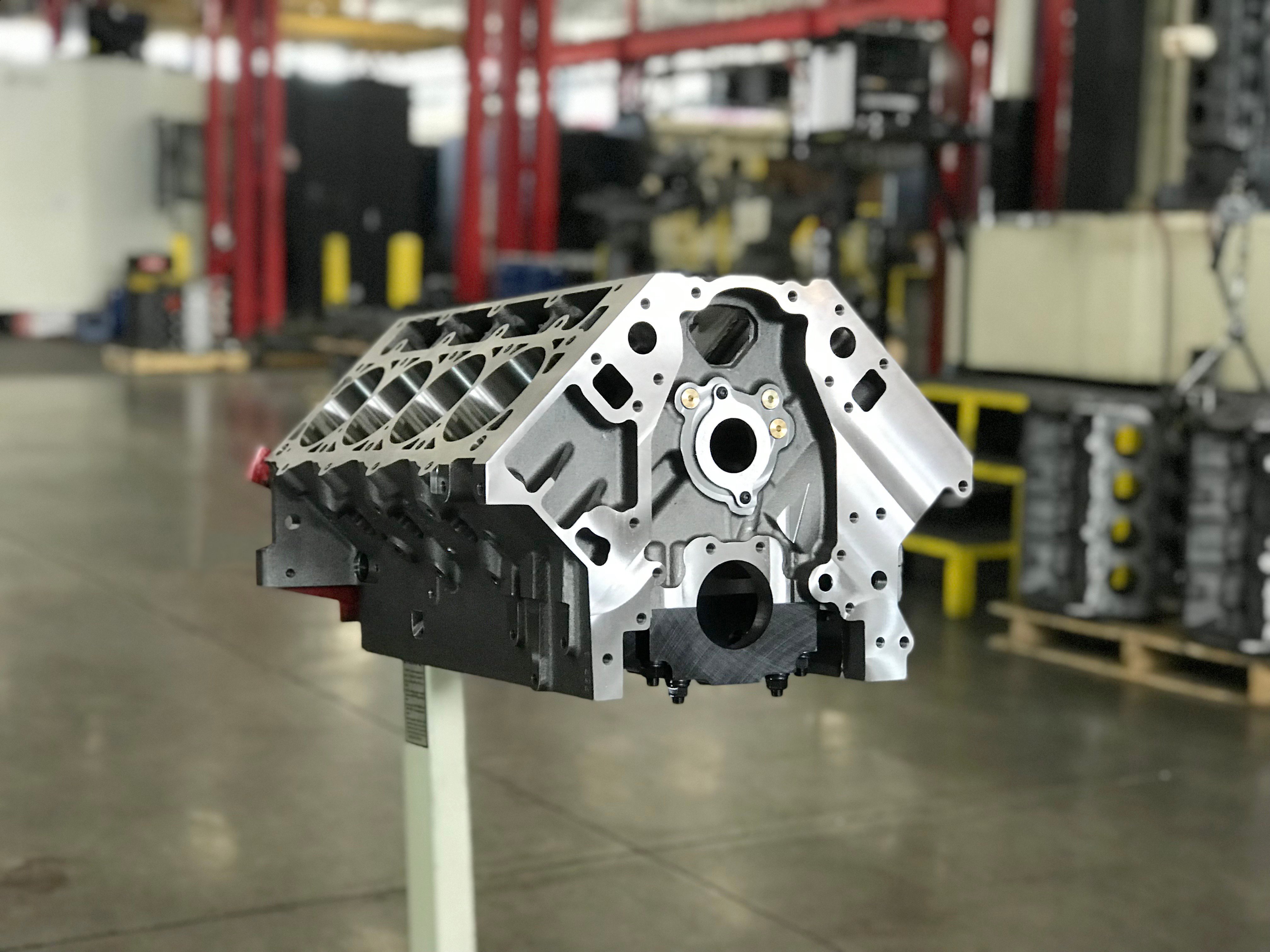Speed Demon aims to be the world’s fastest piston-powered car with help from a 555-cubic-inch big-block
For the first time in its illustrious land speed racing history, the Speed Demon team streamliner will run at Bonneville with a big-block V8 powerplant. George Poteet, the Speed Demon team’s driver, has Southern California Timing Association records in Bonnevile’s Blown Fuel Streamliner class using five different V8 engine sizes and has more passes in excess of 400mph than anyone else on the salt. But he’s not the only fast car out there, and 2018 was the first time in eight years he wasn’t the fastest man at Speed Week. He’s hoping to change that this August.
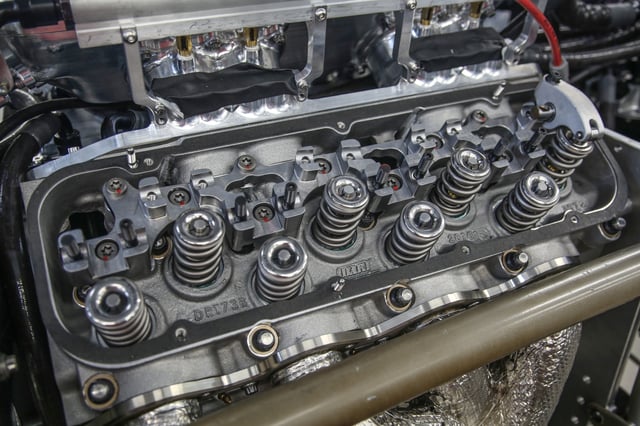
In 2018, Team Vesco’s Turbinator streamliner used its military surplus turbine engine to unseat Poteet and claim the HOT ROD trophy for the fastest pass at Speed Week by running 463mph. It was also in 2018 that Danny Thompson had some of the best runs ever in the beautiful Challenger II streamliner that his father, Mickey Thompson, built 50 years before. He improved on his previous record and set the AA Fuel Streamliner record at 448.757mph using a pair of nitro-guzzling naturally aspirated Hemis. For 2019, George Poteet wants to set a faster record than Danny’s and once again claim the unofficial record of fastest piston-powered car in the world and for the first time, he’ll attempt to do it using a big-block.
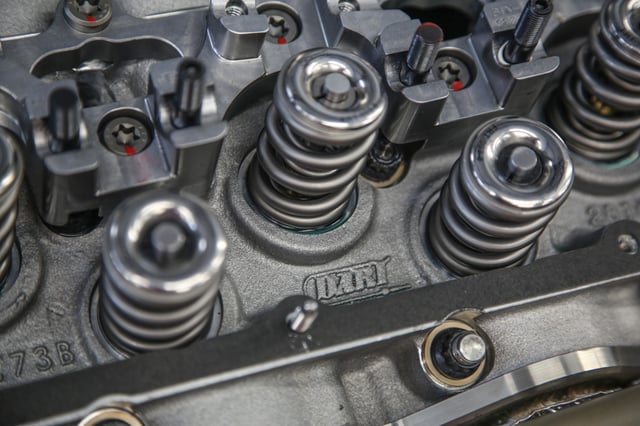
George Poteet has used the Speed Demon streamliner to capture some of the fastest land speed records on the Bonneville Salt Flats, and the team has done it with surprisingly small engine displacements force-fed by twin turbochargers. For 2019, however, the team will be going after the Blown Fuel Streamliner record for engines larger than 501 cubic inches, which stands at 417.020mph. The 443-cubic-inch LS-based engine they’ve been campaigning for the past two years doesn’t have the bore spacing needed to reach AA-class displacements, so for 2019 he’ll also be armed with a 555-cubic-inch Dart big-block.
Engine savant Kenny Duttweiler became a part of the Speed Demon team when the car was powered by a Dodge four-cylinder engine, and co-crew-chief Steve Watt has been tasked with making the Chevy small-block V-8s fit into the car’s chassis while still allowing for quick engine changes that allow the Speed Demon team to compete in multiple engine classes on the same day.
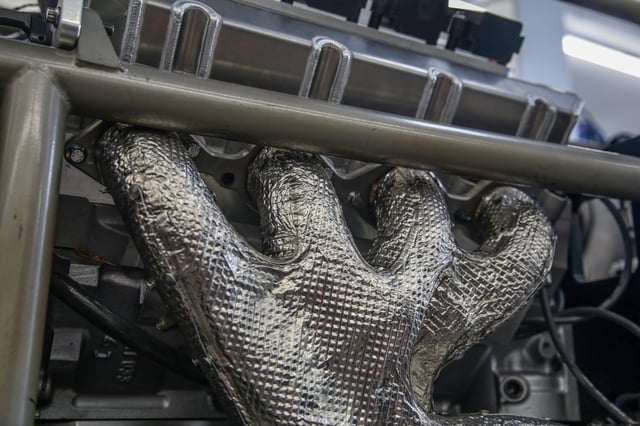
Duttweiler told us that initially they didn’t think that a big-block would fit within the confines of the chassis. He’d been so used to working with raised port Pro Mod engines that are clearly too wide and too tall to fit that he’d forgotten just how compact (comparatively speaking) the factory dimensions were.
The foundation for the 555-cubic-inch big-block is a Dart Big M compacted graphite iron block filled with a billet crank, forged connecting rods, and Diamond pistons. Initially Duttweiler thought that he’d go with a 4.00-inch stroke, but the 4.250-stroke crank was in stock and ready to go. Rather than get caught up in rod/stroke ratios and theory, the 4.250-inch crank was purchased and became the first piece of the new 555-cubich-inch mill.
The short block is topped with a set of 20-degree Dart Pro 1 heads that use huge 2.400-inch titanium intake valves. “It’s probably the biggest valve you’re gonna see in a conventional Chevy head. They raised the intake port a bunch and it’s got a really nice exhaust port,” Dutttweiler said. Intake flow is around 500CFM, up from the 460CFM on the Dart 10-degree LS-style heads used on their 443-cubic-inch small-block that uses 2.300-inch Inconel intake valves. Rather than the 1.800-inch exhaust valve that’s available, the big-block head uses 1.600 exhaust valves. Duttweiler explained his choice here, “I prefer the smaller exhaust valve. There’s a lot of benefits to it. It’s easier to push it into the combustion pressure.” After the valve, the bowl area is similar in volume and flow and once exhaust gets through that minor restriction the difference becomes minimal and can be made up with additional lift or a few degrees in duration. “Even Top Fuel guys finally decided they needed to shrink the exhaust valve head diameter a bit.” Duttweiler noted.
The Dart heads were machined for custom one-piece Jesel rocker stands that use steel Jesel rockers on the exhaust to cope with the tremendous load, while the intake rockers are aluminum.
Like the team's small-blocks that have led to Bonneville records, the big-block will be force-fed by way of twin turbochargers, although the added displacement and airflow of the big-block means that the engine will need less boost and lower engine speeds to make the same 2,000+ horsepower of the small-blocks.
Also new for Speed Demon this year are PWR intercooler cores. Not only are the intercooler cores more efficient, the airflow should now be spread more evenly over the surface of the core to use a greater area. After the intercooler, air enters the plenum of a custom Visner Engine Development intake manifold that was custom built for Speed Demon and, like the small-blocks, uses two electronic injectors and one mechanical fuel injector per cylinder.
Steve Watt made fitting the big-block in the Speed Demon look easy. It even uses the same motor mounts on the chassis tubes. The longer big-block just mounts from the rear side of the welded bracket and uses a spacer to make up the distance, which is just shy of two inches. If it had been mounted at the same crankshaft centerline as the small-block powerplants that Speed Demon usually uses, the big-block’s exhaust ports would have run right into chassis tubes. Watt lowered the engine which required notching the bellhousing, but his custom TIG-welded headers and their 2.25-inch primaries fit the engine and chassis perfectly.
George Poteet will try to use his single big-block to take home the unofficial record for the world’s fastest piston-powered car along with the AA/Blown Fuel Streamliner record. Unlike many of the top-performing streamliners on the salt, Speed Demon is powered only by its rear wheels, so salt conditions are even more crucial. We’re wishing George, Kenny, Steve, and the rest of the Speed Demon racing team lots of luck for Speed Week 2019.

